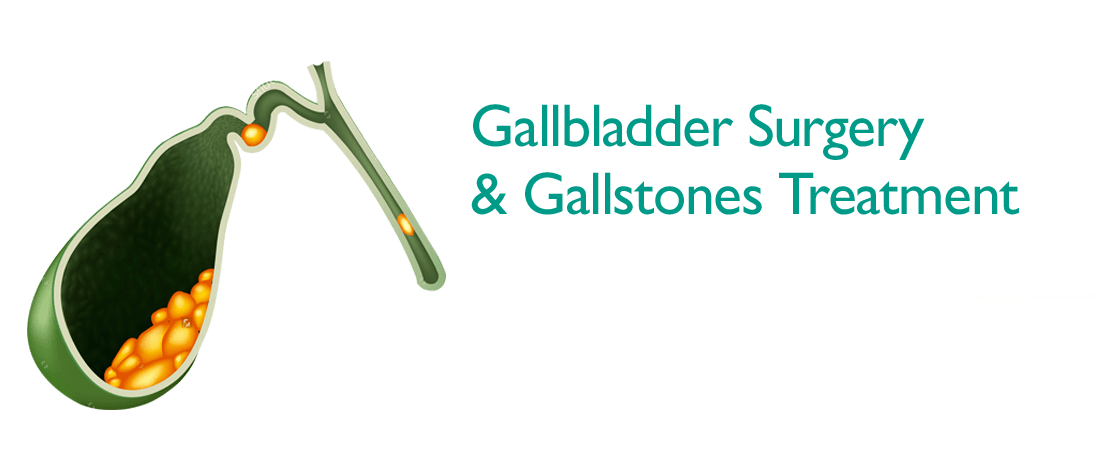Gallstones are pebble-like deposits of bile inside the gallbladder. They can be as small as a grain of sand or as big as a gold ball and can occur as a single stone or as a collection of stones in a combination of sizes. There are two types of gallstones: cholesterol stones, which account for 80 per cent of gallstones, and black or brown pigment stones, which are composed of bilirubin, a chemical found in bile.
The classic presentation of a gallstone attack occurs after a fatty meal and is characterised by pain in the right upper quadrant of the abdomen, often accompanied by referred pain between the shoulder blades or below the right shoulder. The patient may also feel nauseous and become sick.




